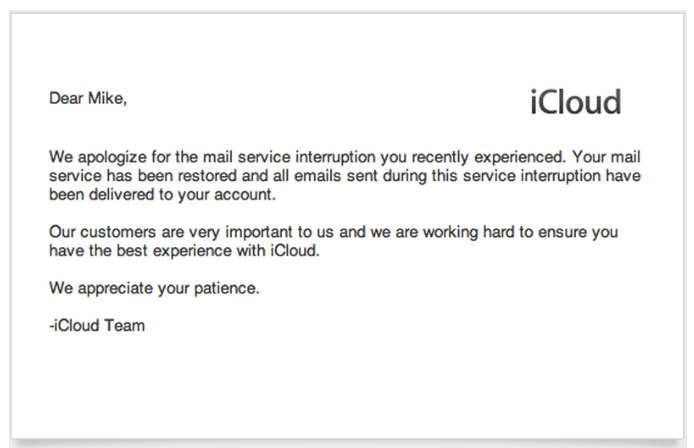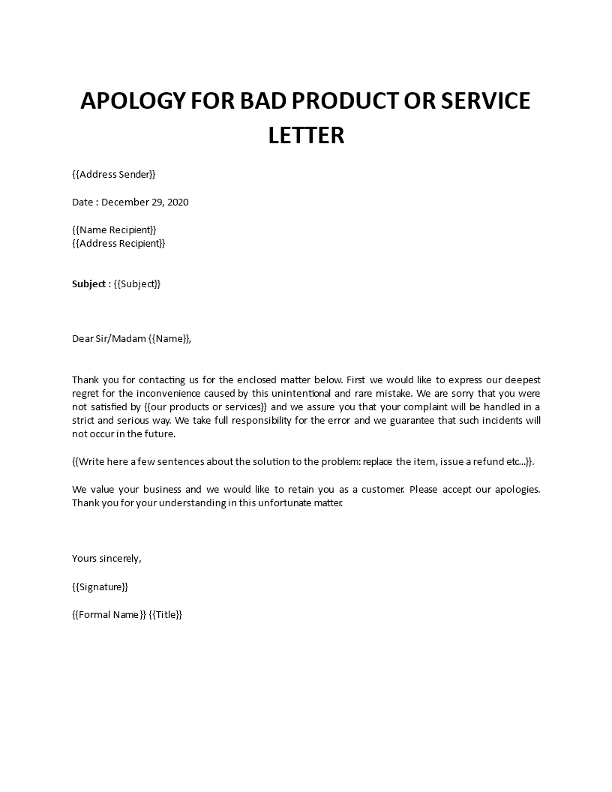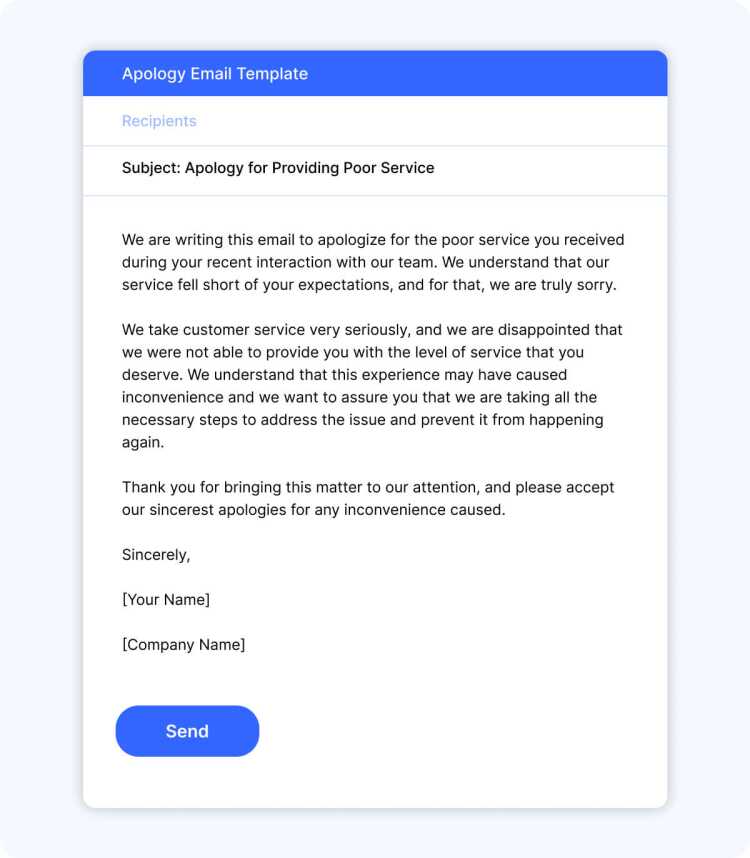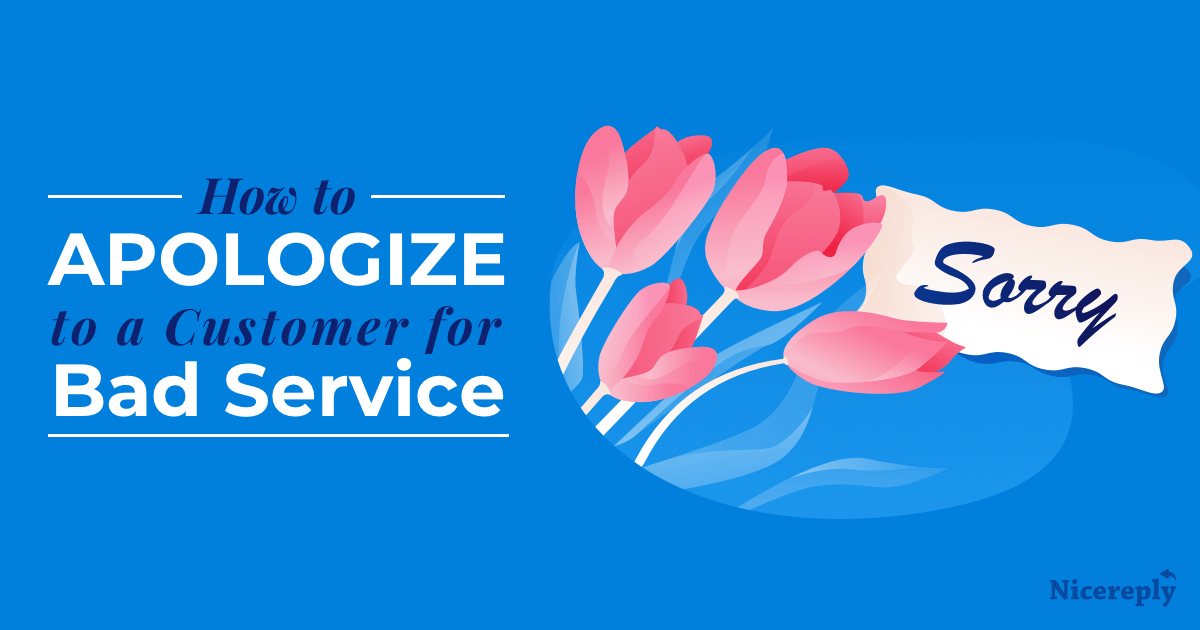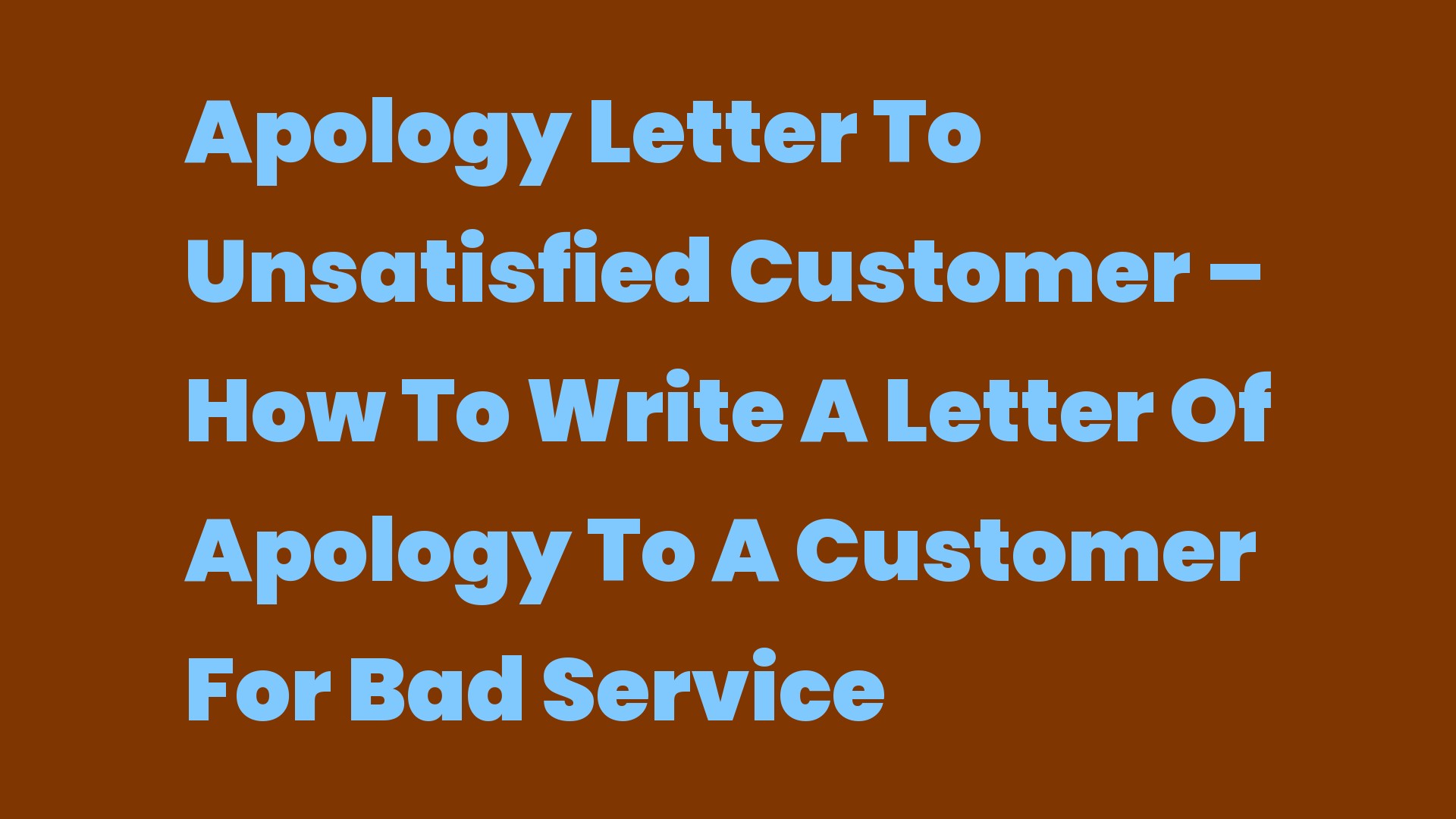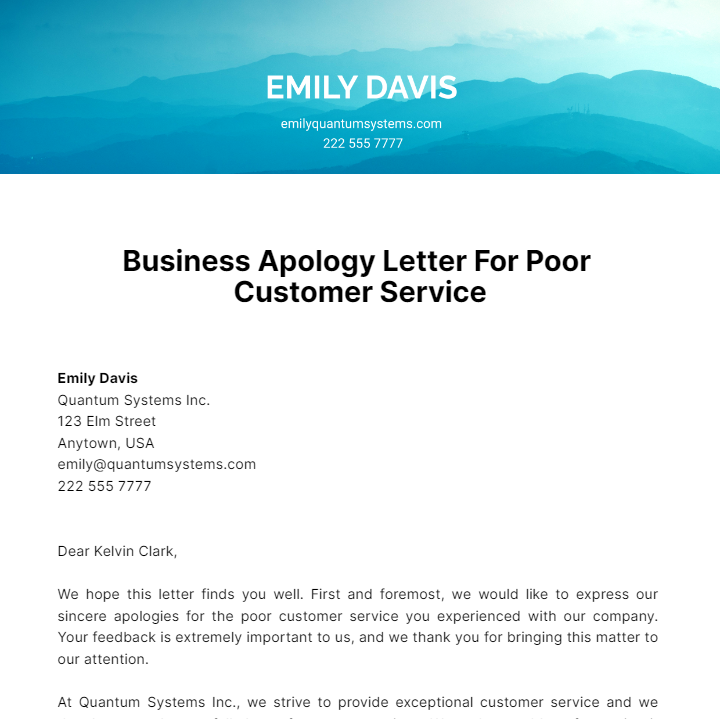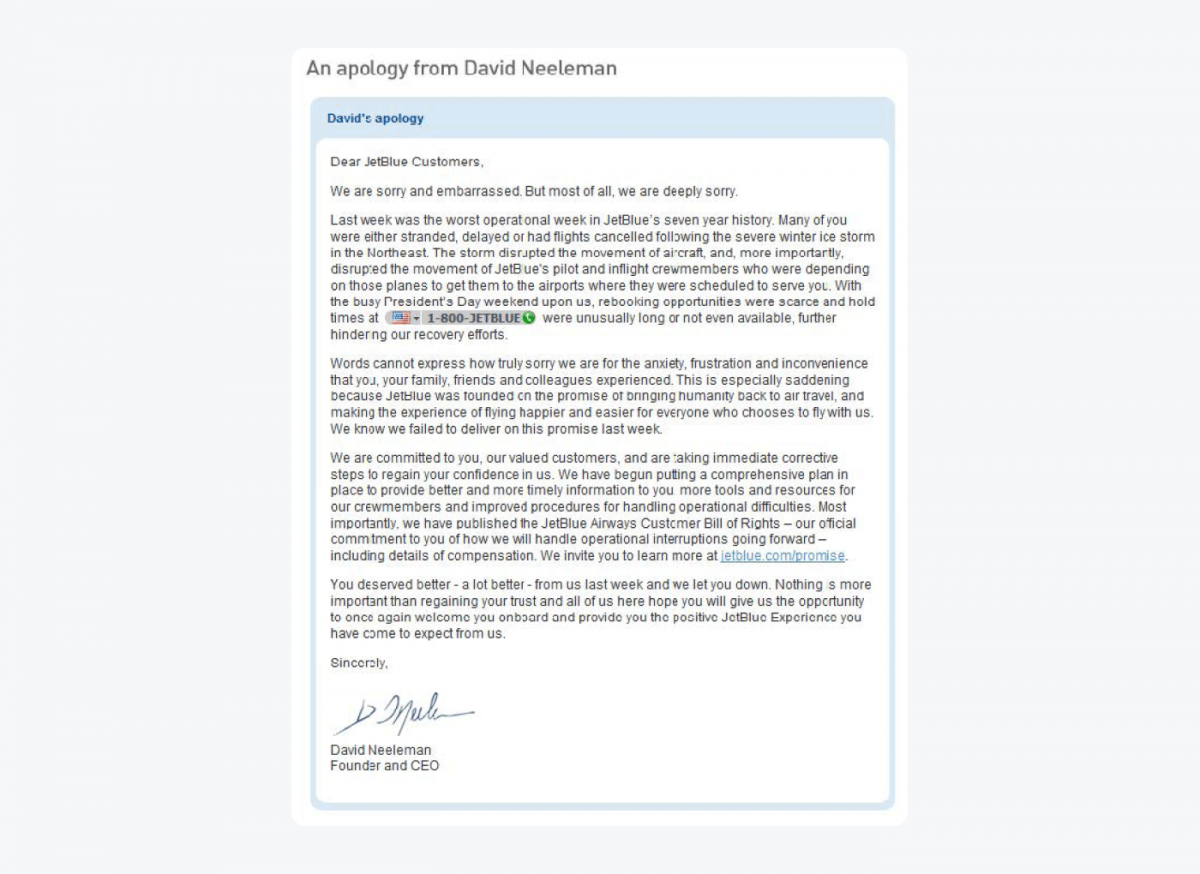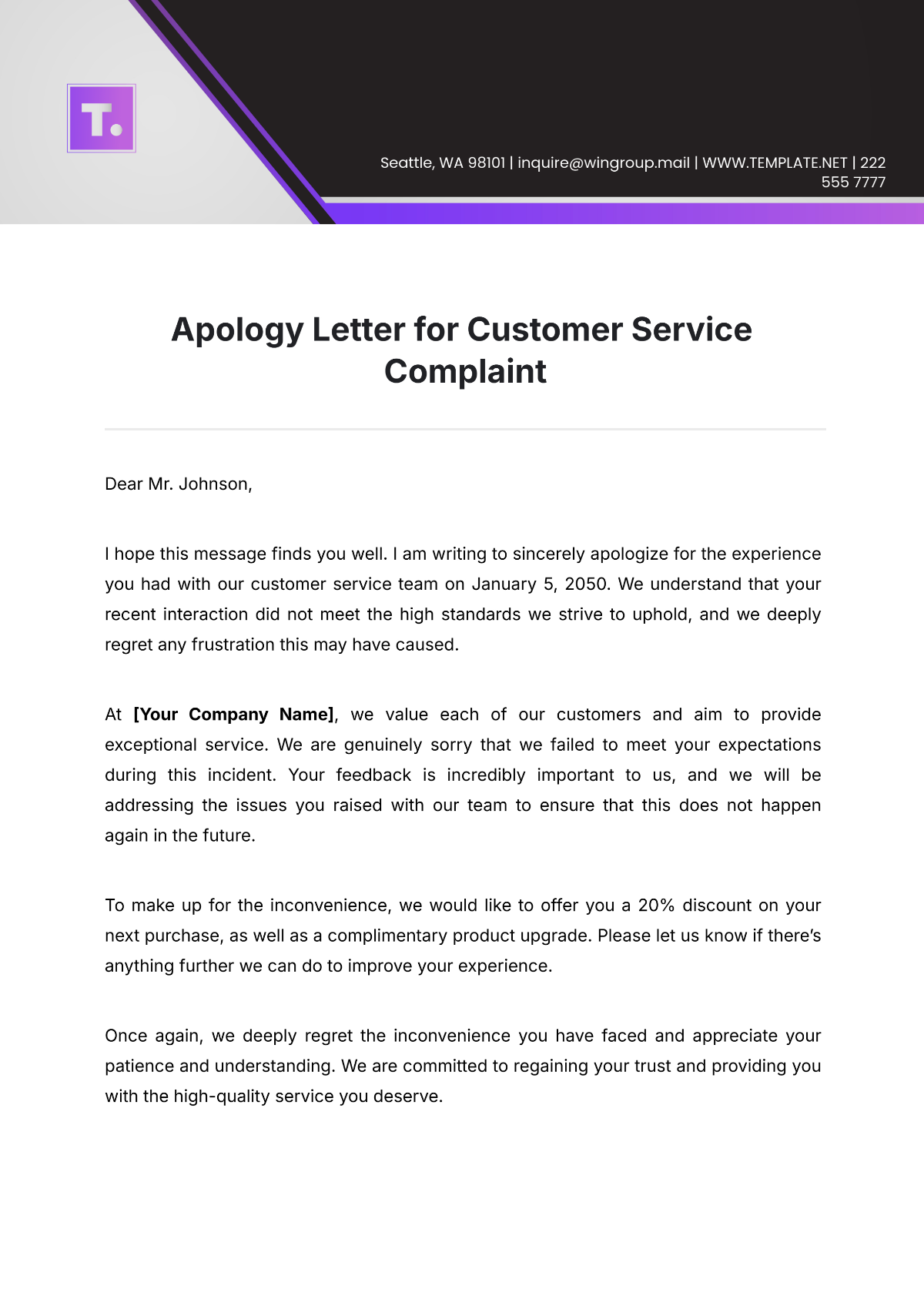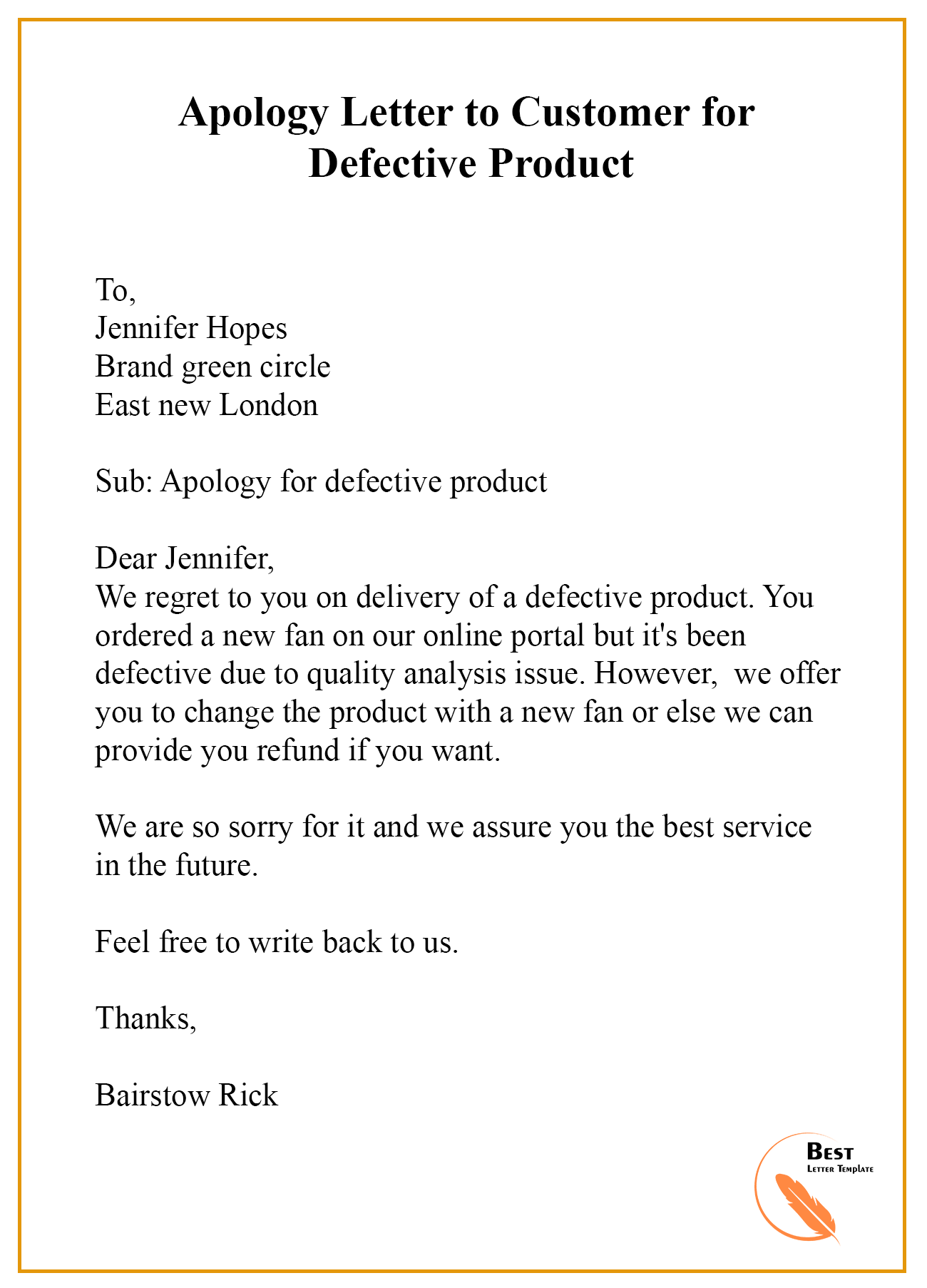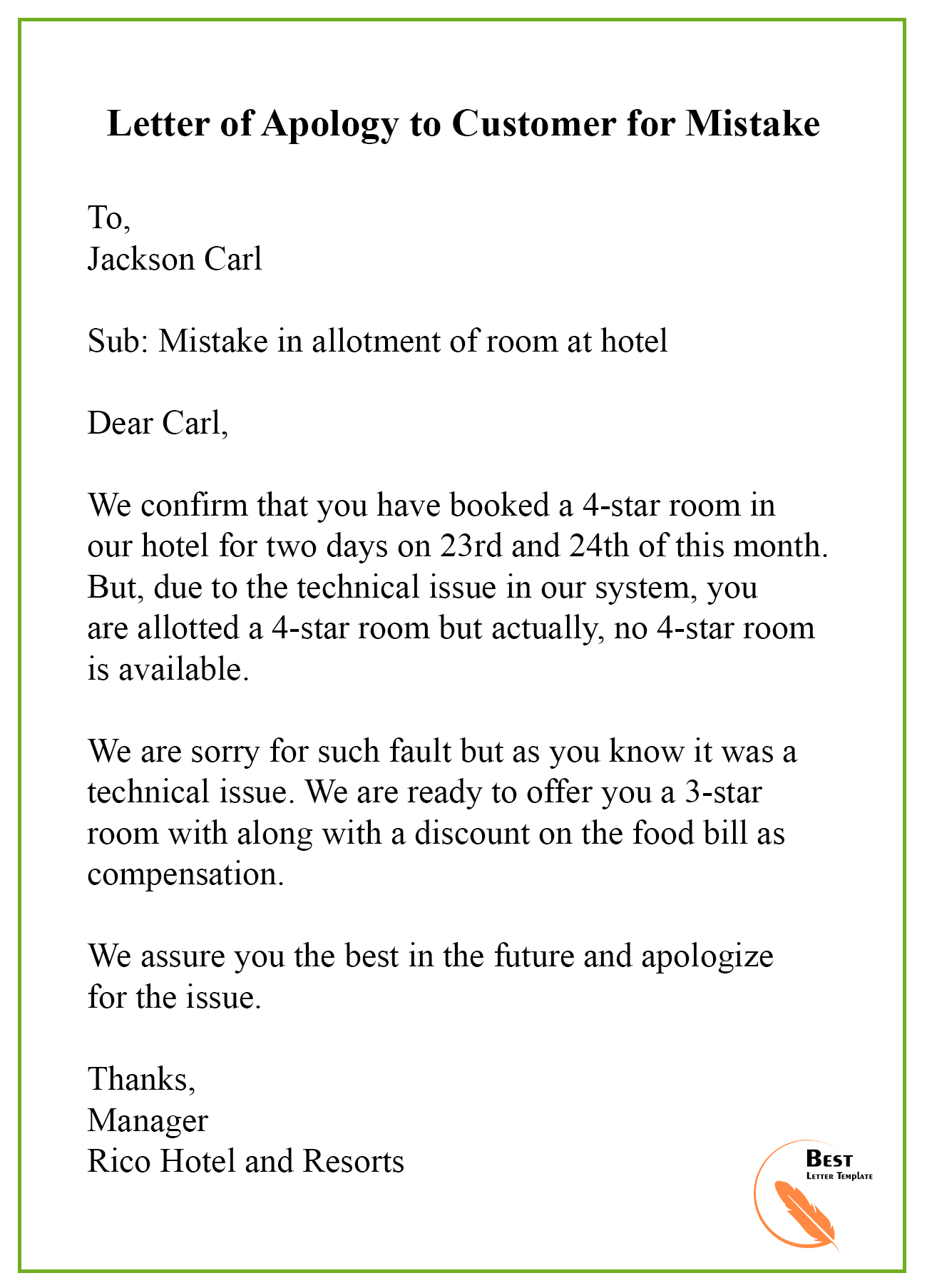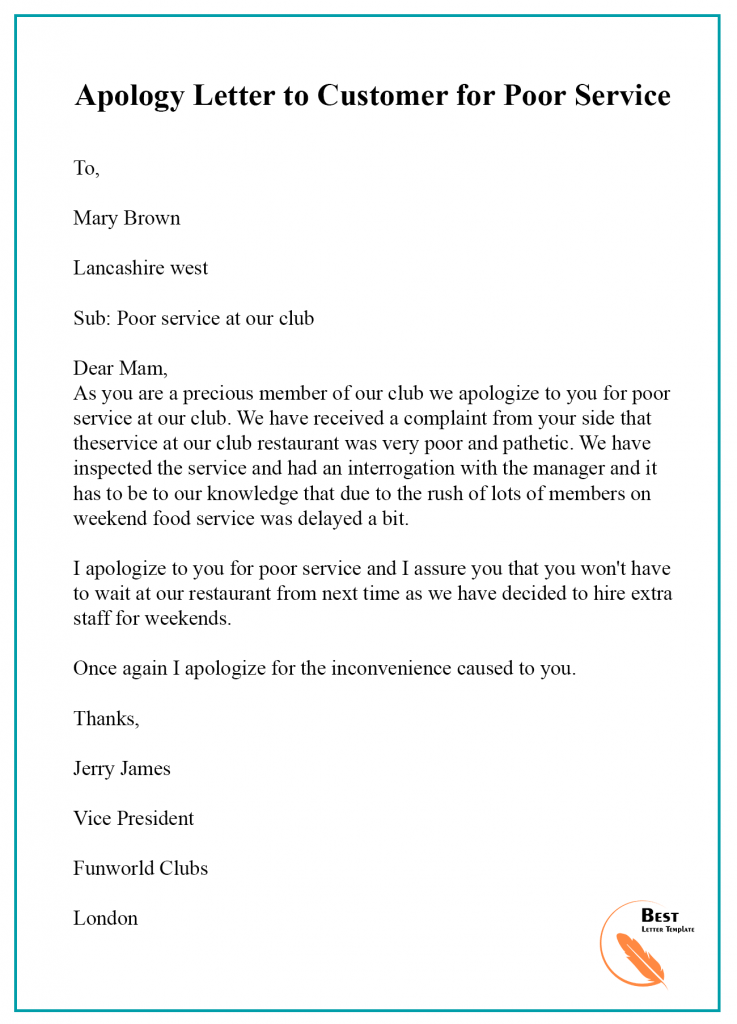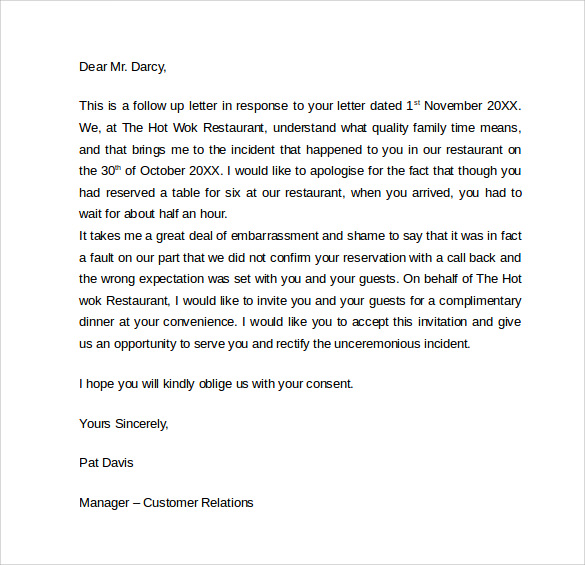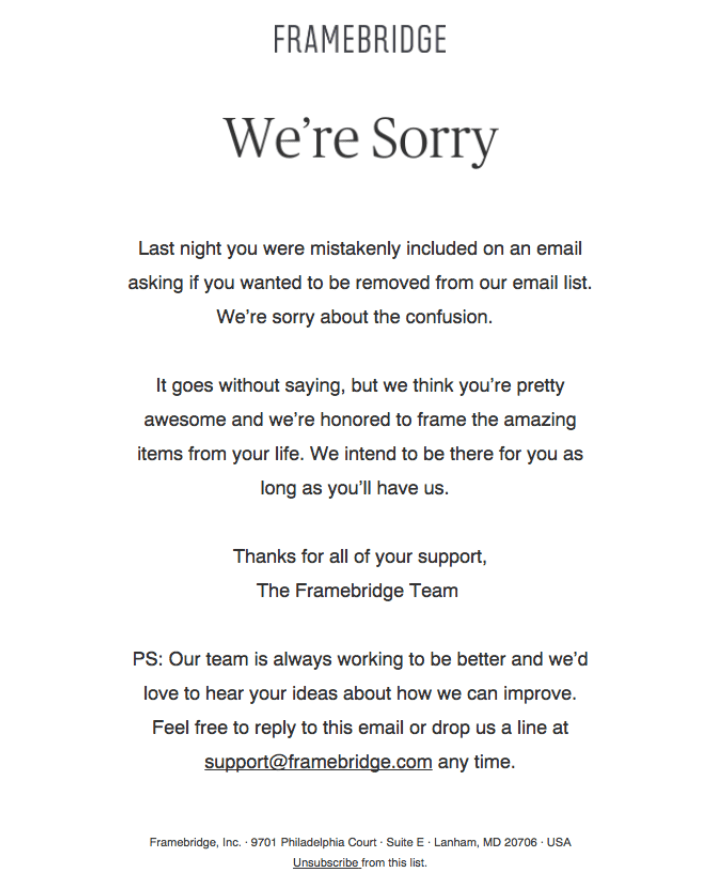How To Apologize To A Client For Bad Service

Customer service failures can cripple a business. A swift, sincere apology is the first step to recovery, but it must be done right.
This guide provides a clear, actionable framework for crafting effective apologies to clients when service falls short, focusing on immediate steps to mitigate damage and rebuild trust.
Immediate Actions: Damage Control
First, acknowledge the mistake immediately. Don't wait; delays amplify frustration and erode confidence.
Understand exactly what went wrong. Gather all the facts before reaching out to the client. Who was involved? What were the specifics of the error? When and where did the breakdown occur?
Reach out to the client directly, ideally through their preferred communication channel. This personal touch shows you value their time and concern.
Crafting The Perfect Apology: Words Matter
Start with a direct and unequivocal apology: "We are truly sorry." Avoid ambiguous language or blaming external factors.
Clearly state what you are apologizing for. Be specific about the service failure and its impact on the client.
Empathy is crucial. Acknowledge the client's frustration and validate their feelings. Phrases like, "We understand this must be incredibly frustrating," are essential.
Take full responsibility. Avoid making excuses or deflecting blame onto employees or systems.
According to a 2017 study by the Harvard Business Review, "...clients are more forgiving when the company shows empathy and takes responsibility for the error."
Offering Solutions: Rebuilding Trust
Outline concrete steps you will take to rectify the situation. This demonstrates your commitment to resolving the issue.
Explain preventative measures to ensure the error doesn't happen again. Transparency is key to regaining trust.
Offer compensation proportionate to the inconvenience caused. This could include discounts, refunds, or complimentary services.
A study by Temkin Group found that companies with excellent customer experience achieve 16% price premium on products and services, whereas business with poor customer service must offer as much as 45% discount to attract clients.
Clearly state how the compensation will be delivered and when the client can expect to receive it.
Following Up: The Extra Mile
After implementing corrective actions, follow up with the client to ensure they are satisfied with the resolution. This demonstrates ongoing commitment to their satisfaction.
Use this follow-up as an opportunity to gather feedback on how you can improve your services further.
Document all interactions and resolutions for future reference. This helps to identify patterns and prevent similar issues.
Train your team on effective apology techniques and service recovery strategies. Proactive training reduces the likelihood of future errors.
Ongoing Developments: Constant Improvement
Regularly review your customer service processes to identify areas for improvement. This should be an ongoing process, not just a reaction to negative feedback.
Implement a system for tracking and analyzing customer complaints. This allows you to identify trends and address systemic issues.
By prioritizing genuine apologies and proactive service recovery, businesses can turn negative experiences into opportunities to strengthen client relationships and foster long-term loyalty.
